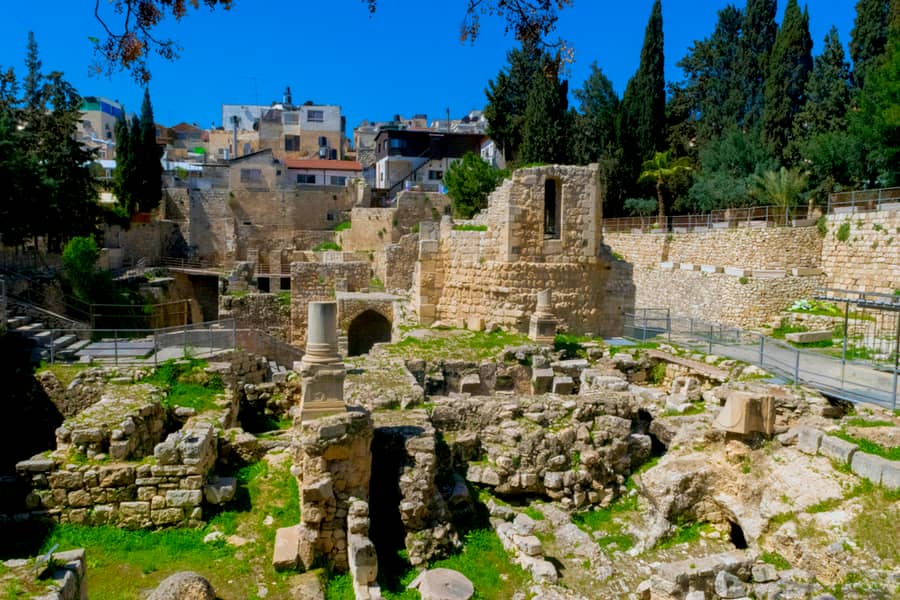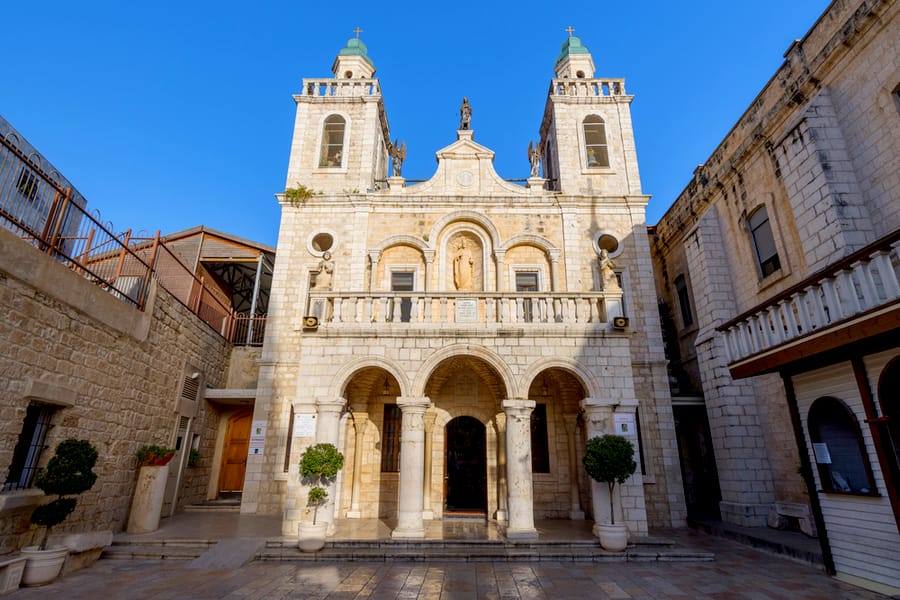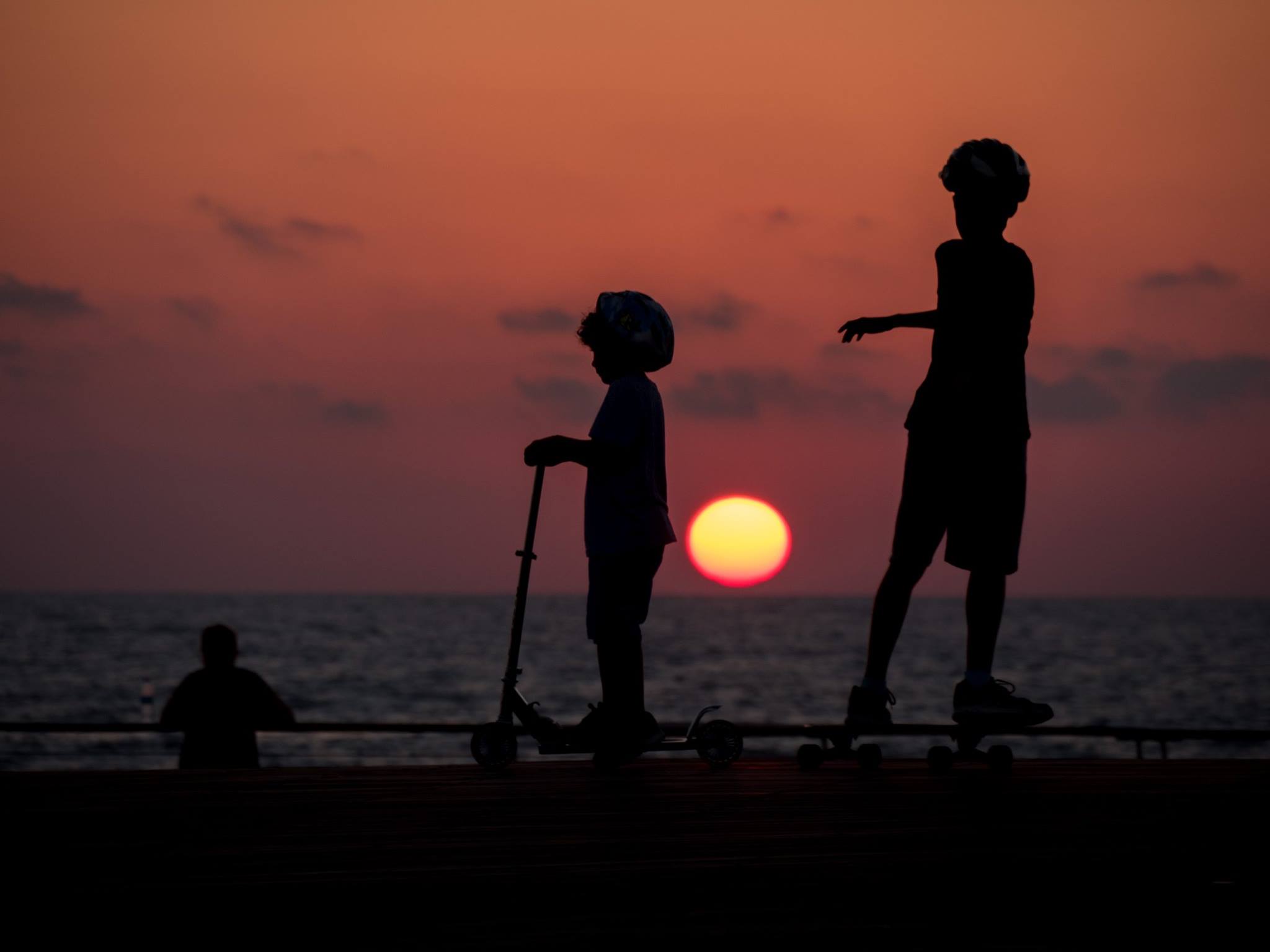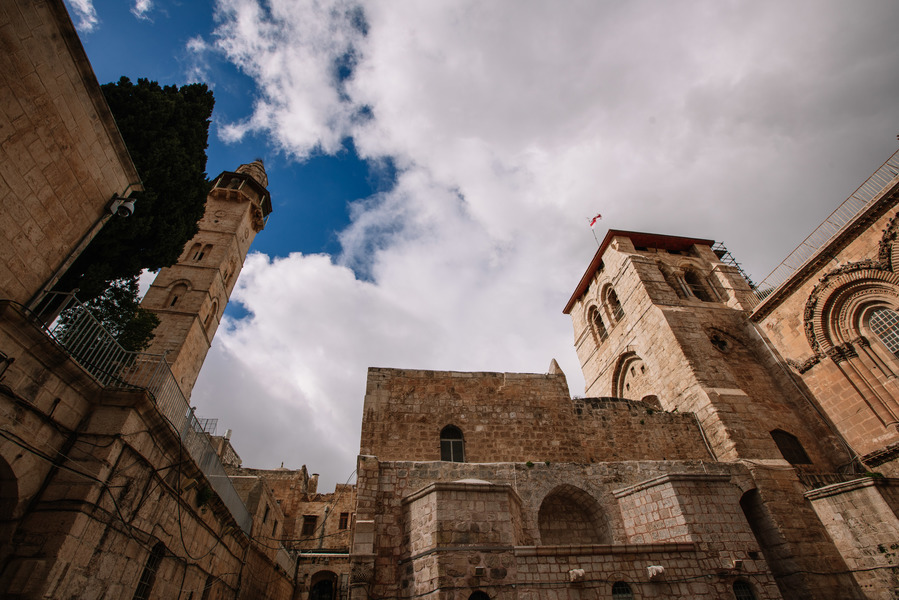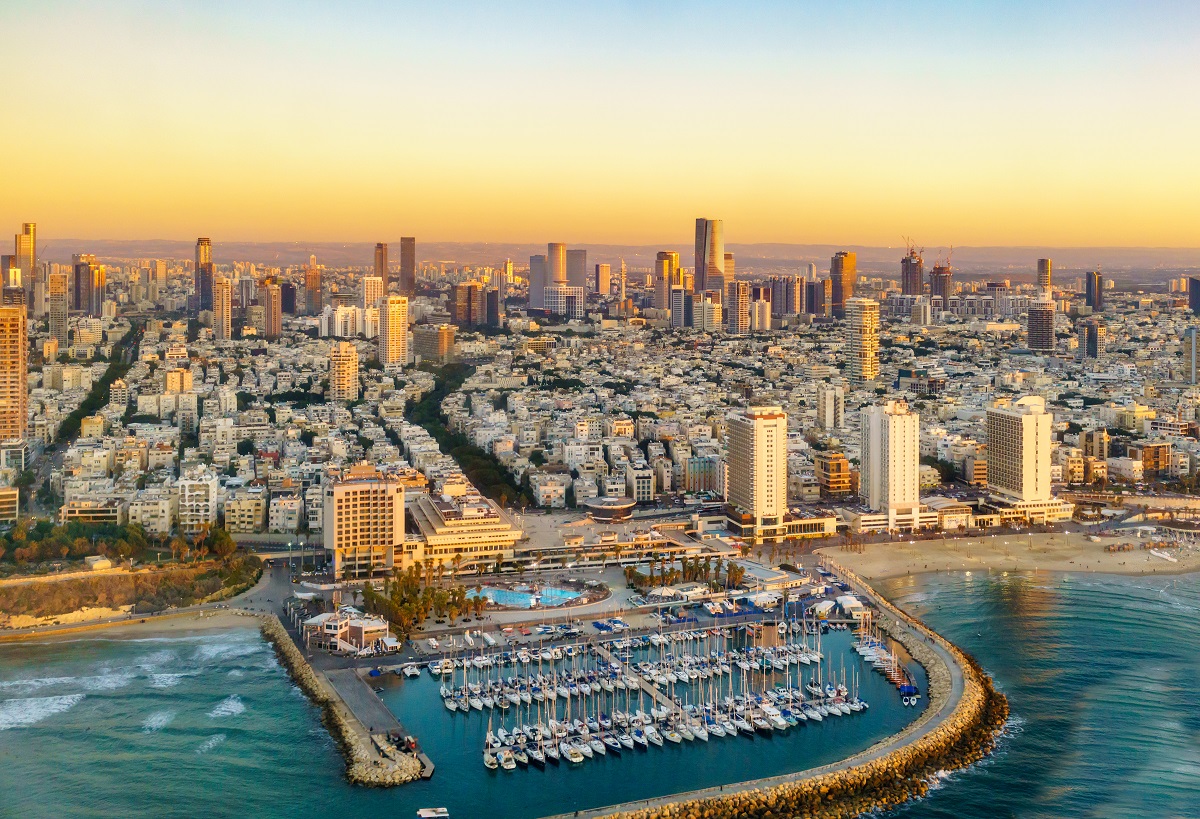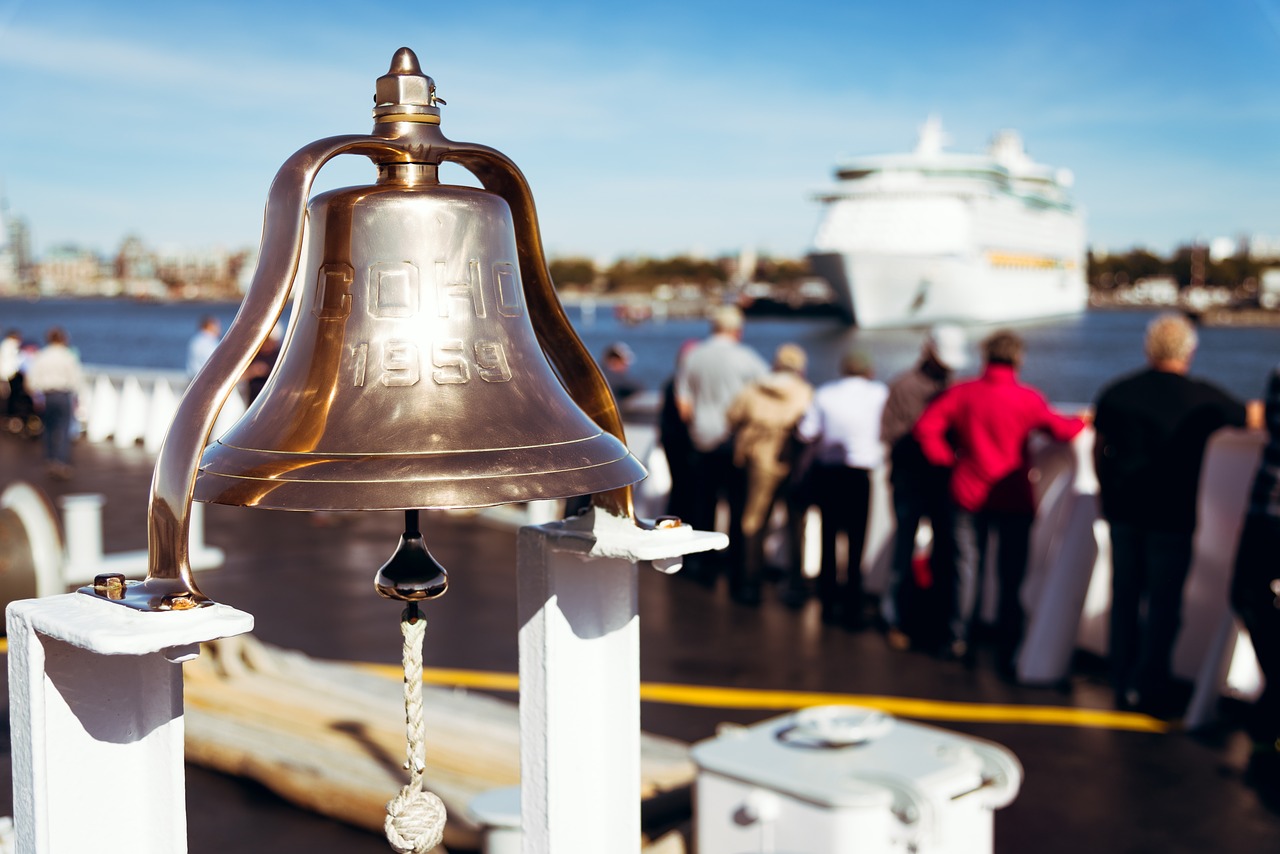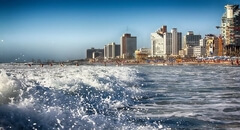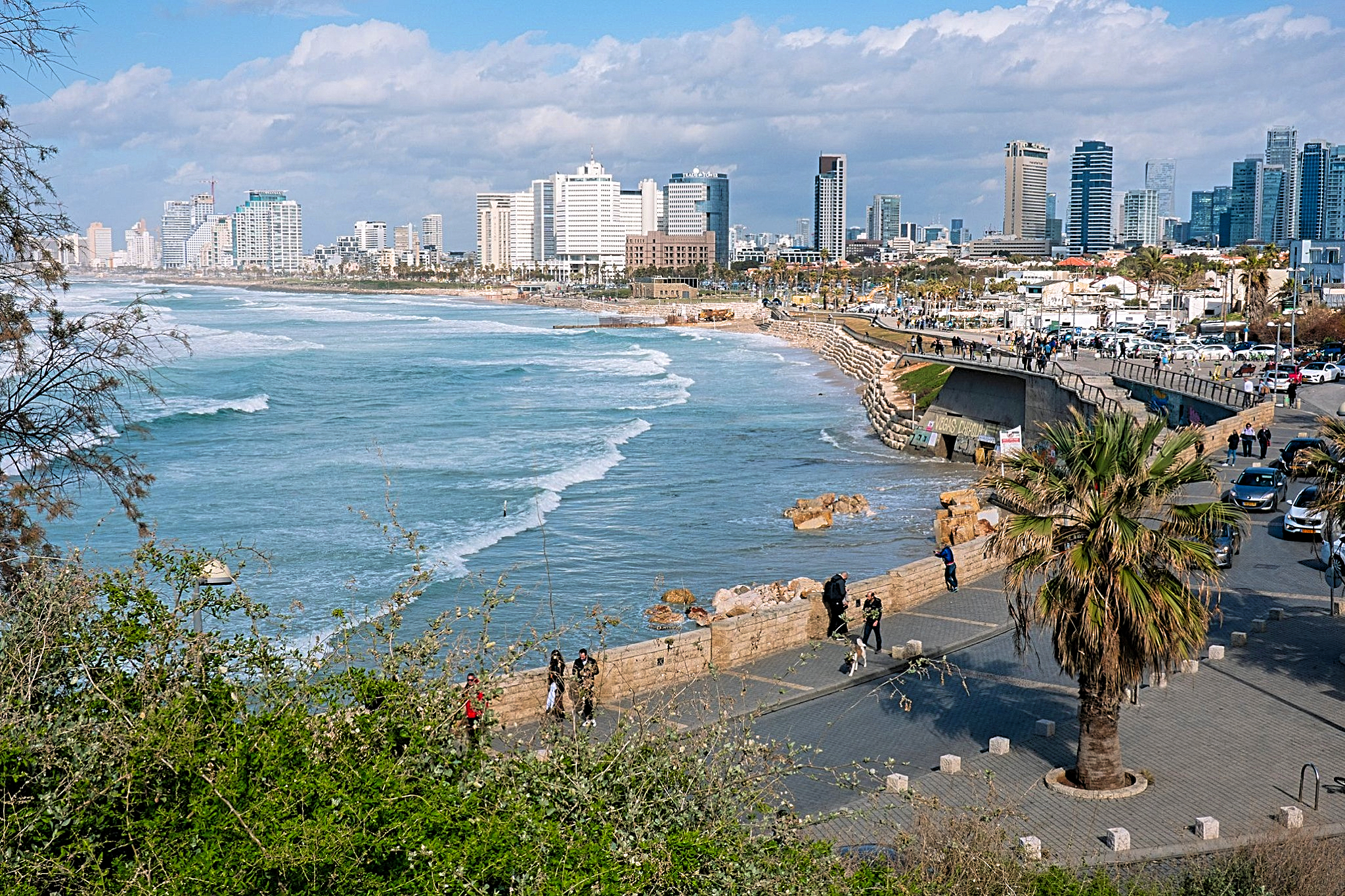First Time in Israel: Must See Places
It’s indisputable - for a tiny country, Israel invariably punches above its weight as a holiday destination. Whether it’s religious and historical landmarks, glorious Tel Aviv beaches, astounding nature, skiing in the north and diving in the south, exploring boutique vineyards and Crusader castles or simply wandering the local streets, there’s enough in this country to keep you busy for several holidays. But what if you’re a first-time visitor, with a fixed amount of time to spend in this incredible country? What are the ‘must-see’ places in Israel for a newcomer? Well, there are many but some, of course, are stand-out destinations. And the good news is that Israel is pretty compact - you could drive the length of the country, from the Golan Heights, down to Eilat on the Red Sea, in about 8 hours. From east to west, it sometimes even takes less than an hour.The Church of the Beatitudes.Photo credit: © ShutterstockOne Holiday - Endless AttractionsThis means that whether you’re renting a car, travelling as part of a tour package or moving around independently, you’re going to be able to cover a fair bit of ground in one to two weeks. So with nothing more than a little planning, the fact is that you’re going to be able to combine all kinds of top-rated attractions in 7-14 days.Below is our list - we’re biased of course, but we’re certain you won’t come away disappointed after a trip to any of these incredible places. And whether you see them all or end up missing out on one or two, don’t worry - because you can see them again on your next trip - as well as few ones we haven’t mentioned! Let’s take a look:1. Jerusalem’s Old CityJerusalem is one of the most extraordinary cities in the world and the primary reason many tourists come to Israel. Home to three major world faiths and spectacularly beautiful, you could spend an entire vacation in Jerusalem, with much of it just within the Old City. Inside its walls (erected by Ottoman Emperor Suleiman, hundreds of years ago), the area is divided into four quarters - Christian, Muslim, Jewish and Armenian - which you can spend hours wandering through (and getting lost in!)Within the Old City are treasures such as the Western Wall (sacred to Jews, as the last remaining vestige of the Second Temple), the Church of the Holy Sepulchre (a beloved Christian pilgrim site, being where Christ was both crucified and resurrected), the Via Dolorosa, alongwhich Christ walked, stopping at different ‘Stations of the Cross’ and the Temple Mount (Islam’s third most holy site, and known as the spot at which Mohammed flew over on his way to Mecca). There are also underground Western Wall tunnels, water cisterns, Ramparts, the Tower of David, the Byzantine Cardo, tiny churches and the Jerusalem shuk(bazaar) atmosphere itself which visitors often find overwhelming (in a positive sense!) because of its smells, sights and sounds. To get the most out of your time, we’d recommend taking at least one of variousJerusalem toursbecause the city guides have a wealth of knowledge and expertise at their fingertips and can really make Jerusalem come alive for you.One of the Stations of the Cross, Via Dolorosa, Jerusalem. Photo credit: © Shutterstock2. Bahai Gardens in HaifaThe Baha’i Gardens, at the heart of the beautiful Mediterranean city of Haifa, are a UNESCO listed World Heritage Site and the highlight of any visit. Sloping down Mount Carmel, all the way to the foot of the sea, these impeccably manicured 19 terraces have, at their centre, a small white shrine, on top of which is the gold-coloured dome. This is the final resting place - and shrine - of the founder, ‘the Bab.’ Today, there are estimated to be around 7 million of his followers across the world.hebronThe terraced gardens are filled with exotic flowers, fountains and small sculptures and contain nine concentric circles. They are surrounded on either side by woodlands, to ensure the area remains peaceful and calm - a true spiritual site for followers of the Baha'i faith but loved by tourists and locals alike. (Fun fact: number 9 is sacred in this faith and this is reflected in the garden’s design - there are 9, 19, 99 of each element of the garden, as well as 999 steps along the path!). Either take the daily tour at midday (in English) or splash out on a private tour of Haifa and the Carmel - which also includes a visit to a Druze village of Daliat-el-Carmel. Haifa truly is the jewel in Israel’s north.Bahai Gardens, Haifa. Photo credit: © Dmitry Mishin3. The Dead SeaThe lowest point on earth and a body of water in which very little can survive, coming to float in the Dead Sea salty waters is an immeasurably fun activity for every new visitor. Surrounded by stunning Negev desert scenery, snapping a shot of yourself unable to put your legs down or slathering yourself in mud, is a guaranteed way to gain your friend’s envy on return home after your first time in Israel.Taking a Dead Sea tour will also give you a chance to see other attractions in the vicinity, including Masada, Ein Gedi and the Judean desert. Of course, if you’re looking for pure relaxation, you can always just settle in at one of the top Dead Sea hotels at Ein Bokek. The pampering spa treatments offered there will leave you rejuvenated and reinvigorated, trust us.The Dead Sea mud. Photo credit: © Shutterstock4. The Judaean DesertLess than an hour’s drive from Jerusalem lies the ancient fortress of Masada, affording some of the most spectacular views imaginable of the surrounding Judean desert, Masada is of great historical significance to Jews, as it is where they made a last ‘heroic stand’ against a Roman invasion. Whether you ascend via the winding snake path or travel up by cable car, it’s hard not to be taken aback by the sheer beauty of this mountaintop fortress and, once at the top, the archaeological artefacts are a real must-see. Tour Masada with its once-grand Herodian palace, view the bathhouse and mosaics and let yourself be carried away by history. To fit as much in as possible, we recommend taking our Masada Sunrise, Ein Gedi and the Dead Sea Tour and for those who like an adrenaline rush, signing up for the Judean Desert Jeep Tour.Judean Desert, Israel.Photo credit: © Shutterstock5. The Crusader city of AcreWith its endlessly intriguing backstreets, narrow alleyways, fortifications and fascinating history, the Crusader city of Acre is another destination we couldn’t pass over. Home to ancient city walls, the gothic vaulted Knights Halls, the Ahmed Al-Jazzar Mosque, St. John’s Church, the Templars' tunnel, an old Turkish hammam (bathhouse) and a lively ‘shuk’ (Acre Old City Market), visitors are blown away by the history they encounter at every turn.Walk through the main market area, breathe in the exotic smells, and end up at the port area, which has beautiful views and excellent fish restaurants. As one of the oldest continuously inhabited cities in the world, and with beautiful vistas across the harbour, you may never want to leave. To see more of the north of Israel, we’d also recommend joining theCaesarea, Acre and Rosh Hanikra Tour.Ghattas Turkish bath, Acre, Israel. Photo credit: © Dmitry Mishin6. Sea of Galilee with its Christian sitesThe Sea of Galilee is a major attraction in Israel, both for Christian pilgrims and secular tourists. A beautiful place in its own right, this is where Jesus spent many of his adult years preaching to his disciples and ministering to the local population. Today, the area remains home to a whole host of sites, both of religious and historical significance.A visit to the ‘Kinneret’ (the biblical name for the Sea of Galilee) should always include stops at the Mount of Beatitudes (where Jesus is thought to have given his Sermon on the Mount), St. Peter’s Church in Capernaum, and Kibbutz Ginosar, where you can see the ‘Jesus boat’. Why not take our Sea of Galilee Christian Tour which even includes a stop at Cana of the Galilee, where Jesus turned water into wine.The Sea of Galilee, Israel. Photo credit: © Shutterstock 7. SafedNestled in the lush Upper Galilee, and surrounded by pine forests, the ancient and mystical city of Safed is one of Israel’s four ‘holy’ cities (the others being Jerusalem, Hebron and Tiberias, all centres of Jewish life after the Ottoman conquest of Palestine). Safed was said to have been founded by one of Noah’s sons after the biblical Flood and today it remains not just a pretty and mystical place but also a site for those interested in ‘kabbalah’ (an esoteric Jewish philosophy).Wandering the backstreets of this tiny city, you’ll see bright blue doors and window frames, especially in the Artist’s Colony. In the cemetery, you’ll find the graves of many Jewish leaders, as well as pilgrims on their own spiritual voyages. And after you’ve finished exploring the many beautiful ancient synagogues, don’t forget to take a look at the old British Mandate buildings too. The entire area is incredibly beautiful, and a Galilee and Golan two-day touris an ideal way to pass some time.Synagogue in Safed.Photo credit: © Shutterstock8. Tel Aviv PromenadeYou can’t come to Israel and not spend at least a day in Tel Aviv, the beating heart of the country, packed with cafes, boutique stores, museums, galleries, as well as long stretches of wonderful beaches. But if you’re not the kind of person that wants to shop or bake in the sun all day, then why not try a Tel Aviv bike tour?Exploring theWhite Cityas its known (because of its abundance of Bauhaus buildings), you’ll familiarise yourself with the fashionable Rothschild Boulevard, Yitzchak Rabin Square (where Israel’s Prime Minister was tragically assassinated), the Hall of Independence (where Ben Gurion announced the creation of the State), the banks of the Yarkon River at Yarkon Park and the bustling Tel Aviv Port (Namal).There’s nothing like seeing a city at ‘street level’ and Tel Aviv has dedicated bike lanes, lined with trees affording you shade, which makes cycling from north to south a positive joy. And when you’re finished, you can treat yourself to an iced coffee, a fresh juice or a local beer, and sit by the Mediterranean, in anticipation of a glorious sunset. What’s not to like, we ask?Bauhaus buildings in the White City of Tel Aviv.Photo credit: © Shutterstock9. JaffaJaffa is truly one of Israel’s most beloved tourist spots, not just because of its history (this is where Jonah fled God and ended up in a whale’s belly!) but because of its charm. Save for the cobbled streets, artist’s quarter and Jaffa port, there’s also the fabulous Jaffa Flea Market (shuk), a treasure trove of bric-a-brac, antiques, vintage clothes, designer furniture and even just plain, old-fashioned ‘junk.’The shuk is open six days a week, although Friday is by far and away the liveliest time to visit. On our Jaffa Flea Market Tour "From Shuk to Chic," you will have a chance not just to search for some treasure of your own but learn about the history of this flea market and how the area became the ‘hot spot’ that it is today.From ramshackled and out of favour to gentrified and bustling, you’ll see street art, wander in boutique stores and even get a chance to sample some of the incredible food on sale (our tip: if you’ve had enough hummus, try the spinach dumplings and jugs of lemonade at Puaa cafe, and finish with some sweet treats from Abulafia!)Jaffa flea market.Photo credit: © Dmitry Mishin10. GalileeThe Galilee isn’t just beautiful, but it’s also historic and well worth exploring, particularly on a Nazareth and Sea of Galilee Tour. This trip around the area will take you to Nazareth, the city where Jesus grew up, giving you the opportunity to see the beautiful Church of the Annunciation, before journeying on to the Multiplication Church in Tabgha, where Jesus turned two loaves of fishes and five loaves of bread into a feast for the five thousand.There’s also time spent at Yardenit, where thousands of pilgrims, dressed in white, wait each day to be baptised in the Jordan River, the very same place that John baptised Jesus. With its beautiful landscapes, lush greenery and charming villages, this is somewhere we’re sure you’re going to want to return, probably on aguided Galilee tour.The Wedding Church in Cana. Photo credit: © Shutterstock

